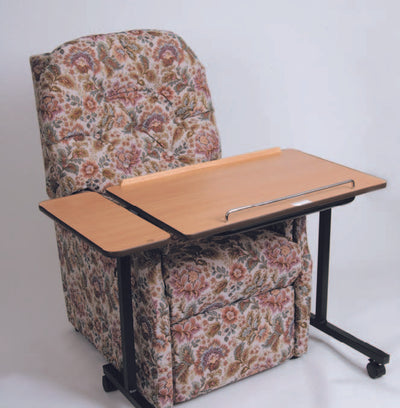If you’ve ever suffered from bunions you’ll know the pain and discomfort that they can cause. Not to mention the unsightly bulges or even deformities they can cause on your feet.
So, in the first of our series of foot care blogs, we’re looking at bunions - how they develop, what symptoms to look out for and how to take care of your feet to treat and avoid them in the future.
What is a bunion?
A bunion (or hallux valgus) is essentially a large, firm bump that develops at the base joint of the big toe. Usually, and often for unknown reasons, the big toe will have begun to angle itself towards the second toe and the tissue at the base of the big toe joint will be visibly thickened, inflamed and often painful.
This thickening is the bunion and, unfortunately, it will begin to cause irritation and pain as it rubs on shoes and footwear until it can be treated effectively.
Why have I developed a bunion?
It’s not always obvious why a bunion will develop in some people and not others. However there are a few factors that will make you susceptible to the condition:
- Genetics. Often bunions will run in families
- Joint problems like rheumatoid arthritis or osteoarthritis can be high risk factors in the development of bunions
- Wearing badly fitting shoes, stilettos, narrow footwear etc
Wearing shoes that are too tight or create too much pressure on the big toe joint is the most common reason why people develop bunions. Tight fitting shoes tend to make the skin rub (even although you may not have blisters) and cause friction to the tissue, which in turn thickens it and causes the bunion to develop.
How to treat a bunion
Treatment will vary depending on the severity of the bunion. In the first case your GP or podiatrist will probably recommend that you wear well fitting shoes that allow the foot enough space to avoid further rubbing of the bunion and tissue. A good pair of wide-fitting slippers is also a useful part of your bunion recovery programme.
Along with this you will be advised to wear toe padding like a gel bunion sleeve or a bunion corrector or bunion straightener that will gently encourage the toe to move back into a straight position and relieve the pain associated with the bunion.
To prevent pain caused by the bunion the GP might prescribe a general painkiller like paracetamol or Ibuprofen. In some circumstances you might be prescribed antibiotics to reduce the inflammation and pain.
In more severe cases, you may be sent for surgery if wearing better footwear and using a bunion corrector has failed to work. The goal of the surgery is to correct the cause of the bunion and to prevent the bunion from growing back and can be very effective. For those with more severe bunions, surgery can be life changing in terms of removing pain, frustration and long-term damage to the feet.
When to seek medical help for bunions
Contact a health care professional if you have persistent pain and a visible bump along the first toe, difficulty moving your toe or foot or difficulty finding shoes that fit properly because of pain or because the first toe has changed shape.
Need more help choosing footcare products? We're always here to help so get in touch today.
For all your Medical and Homecare supplies give us a call at Mediworld.
We have over 40 years experience in medical, surgical, mobility and home health supplies and we're always on hand to chat if you need support or advice. Follow us on Twitter and Facebook and don't forget to read our other great health blogs!





































